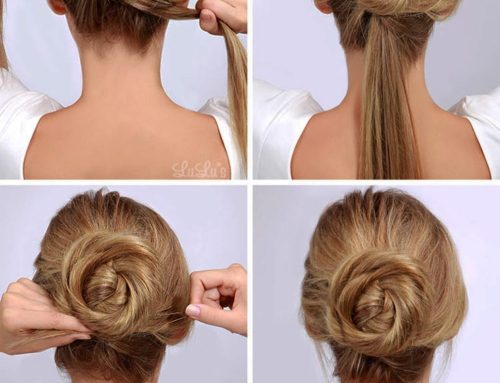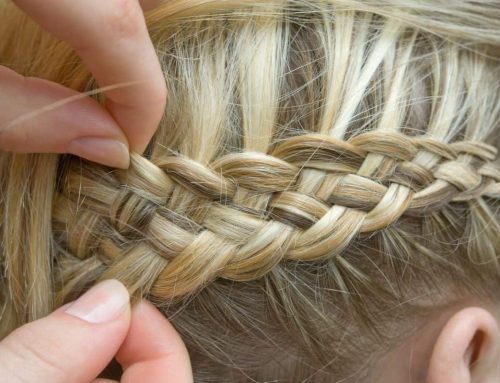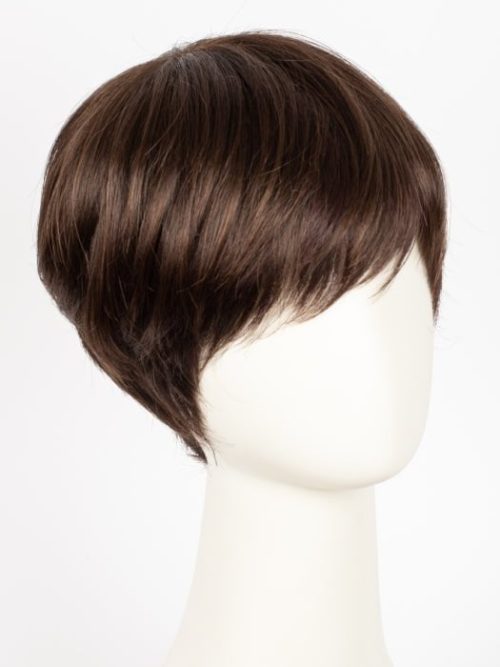The Art of Crafting Your Perfect Lace Front Wig
I. Introduction: The Beauty of Lace Front Wigs
Lace front wigs have revolutionized the world of hairstyling, offering versatility, realism, and confidence to wearers of all backgrounds. From their humble beginnings to their current status as a staple accessory in the beauty industry, lace front wigs have undergone a remarkable evolution. Today, we delve into the intricate process of creating and customizing your own lace front wig, guided by the expertise of Jasmin Todd, a renowned curly hair specialist.
II. Preparing Your Lace Front Wig: A Journey of Precision
A. Measuring for Precision: Getting It Just Right
Before diving into the world of lace front wigs, it’s crucial to start with accurate measurements. Grab a flexible measuring tape and wrap it around your head, ensuring it sits snugly but not too tight. Take note of the circumference, temple-to-temple, and ear-to-ear measurements, as they’ll serve as the foundation for your wig’s perfect fit. Don’t forget to adjust these measurements based on your unique hairline shape and size.
B. Pattern Making: Crafting the Blueprint
With your measurements in hand, it’s time to create a precise pattern for your wig. Lay out a piece of sturdy material, such as cardboard or poster board, and transfer your measurements onto it. Use a pencil to outline the shape of your head, marking key points like the hairline and ears. This pattern will serve as the blueprint for cutting out your lace and crafting the perfect fit.
C. Lace Preparation and Attachment: Choosing the Right Foundation
Selecting the right lace is crucial for achieving a natural look that blends seamlessly with your skin tone. Opt for lace that matches your complexion and offers durability for long-term wear. Once you’ve chosen your lace, carefully cut it to match the shape of your pattern and attach it using a strong adhesive. Take your time with this step to ensure a flawless foundation for your wig.
D. Hairline Creation and Ventilation: Bringing Your Wig to Life
To achieve a truly natural look, focus on creating a realistic hairline for your wig. Mimic the natural curve of your own hairline by carefully ventilating the lace with individual hair strands. This meticulous process adds depth and dimension to your wig, ensuring it looks just like real hair. Take your time with ventilation, paying attention to the direction and density of the hair for a truly authentic finish.
III. Customizing Your Wig for a Natural Look: The Art of Fine-Tuning
A. Cutting the Lace: Seamless Blending
Once your lace is in place, it’s time to trim away any excess material for a seamless blend with your skin. Take a pair of sharp scissors and carefully trim along the edges of the lace, following the natural contours of your hairline. Avoid cutting too close to the hairline, as this can create a harsh edge that looks unnatural. Instead, leave a small margin of lace to ensure a smooth transition from wig to skin.
B. Plucking and Thinning the Hairline: Adding Dimension
To achieve a truly natural look, focus on plucking and thinning the hairline of your wig. Using a pair of tweezers, gently pluck individual hairs along the front edge of the wig, creating a softer, more natural appearance. Pay special attention to areas where the hairline appears too dense, thinning out the hair to mimic the gradual fade of natural hair. This delicate process adds depth and dimension to your wig, ensuring it looks just like the real thing.
IV. Applying the Wig with Precision: The Final Touch
A. Skin Preparation: Setting the Stage
Before applying your wig, it’s essential to prepare your skin to ensure a secure and comfortable fit. Start by cleansing your scalp with a gentle shampoo, removing any dirt, oil, or residue that could interfere with adhesion. Once your scalp is clean and dry, apply a scalp protector or skin barrier to create a smooth surface for the adhesive to adhere to. This extra step helps prevent irritation and prolongs the lifespan of your wig.
B. Secure Attachment: Locking It In
When it comes to securing your wig, you have two main options: liquid adhesives or wig tape. Liquid adhesives offer a strong, long-lasting hold, perfect for active lifestyles and extended wear. Alternatively, wig tape provides a quick and easy solution for daily use, offering a secure hold without the hassle of drying time. Whichever method you choose, be sure to follow the manufacturer’s instructions carefully for best results.
V. Maintenance and Styling Tips: Keeping It Fresh
A. Routine Care: A Daily Ritual
Just like natural hair, lace front wigs require regular maintenance to keep them looking their best. Establish a daily routine that includes gentle brushing, styling, and occasional washing to remove dirt and product buildup. When washing your wig, use a mild shampoo and lukewarm water, taking care to avoid rubbing or tugging on the hair fibers. After washing, gently pat the wig dry with a towel and allow it to air dry completely before styling.
B. Styling Without Damage: Express Yourself
While lace front wigs offer endless styling possibilities, it’s essential to use caution when applying heat or styling products. Opt for heat protectant sprays and low-heat settings to minimize damage and prolong the lifespan of your wig. Experiment with different styles and techniques, from sleek straight looks to voluminous curls, to find the perfect fit for your unique personality and preferences.
VI. Advanced Customization Techniques: Taking It to the Next Level
A. Dyeing and Coloring: Adding a Personal Touch
For those looking to add a pop of color to their wig, dyeing and coloring offer endless possibilities. Whether you prefer bold, vibrant hues or subtle, natural shades, there are plenty of options to choose from. When dyeing your wig, opt for gentle, ammonia-free dyes designed specifically for synthetic or human hair wigs. Take your time with the process, testing the color on a small section of hair before applying it to the entire wig for best results.
B. Repair and Restoration: Breathe New Life
Over time, lace front wigs may begin to show signs of wear and tear, such as thinning areas or small tears in the lace. Fortunately, there are plenty of DIY methods for repairing and restoring your wig to its former glory. From patching up small tears with clear adhesive to adding new hair strands for added volume, a little TLC can go a long way in extending the lifespan of your wig.
VII. Expert Q&A with Jasmin Todd: Insights from the Pro
In this section, we sit down with Jasmin Todd, a curly hair specialist, to answer some frequently asked questions about lace front wig customization and care. Jasmin shares her professional insights and advice on dealing with specific hair types and textures, offering valuable tips for achieving the perfect look.
VIII. Conclusion: Embrace Your Unique Style
In conclusion, crafting and customizing your own lace front wig is a journey of self-expression and creativity. With the right techniques and tools at your disposal, you can create a natural-looking wig that enhances your beauty and boosts your confidence. So go ahead, experiment with different styles, colors, and textures, and embrace your unique style with pride. After all, there’s nothing more empowering than feeling comfortable and confident in your own skin.




